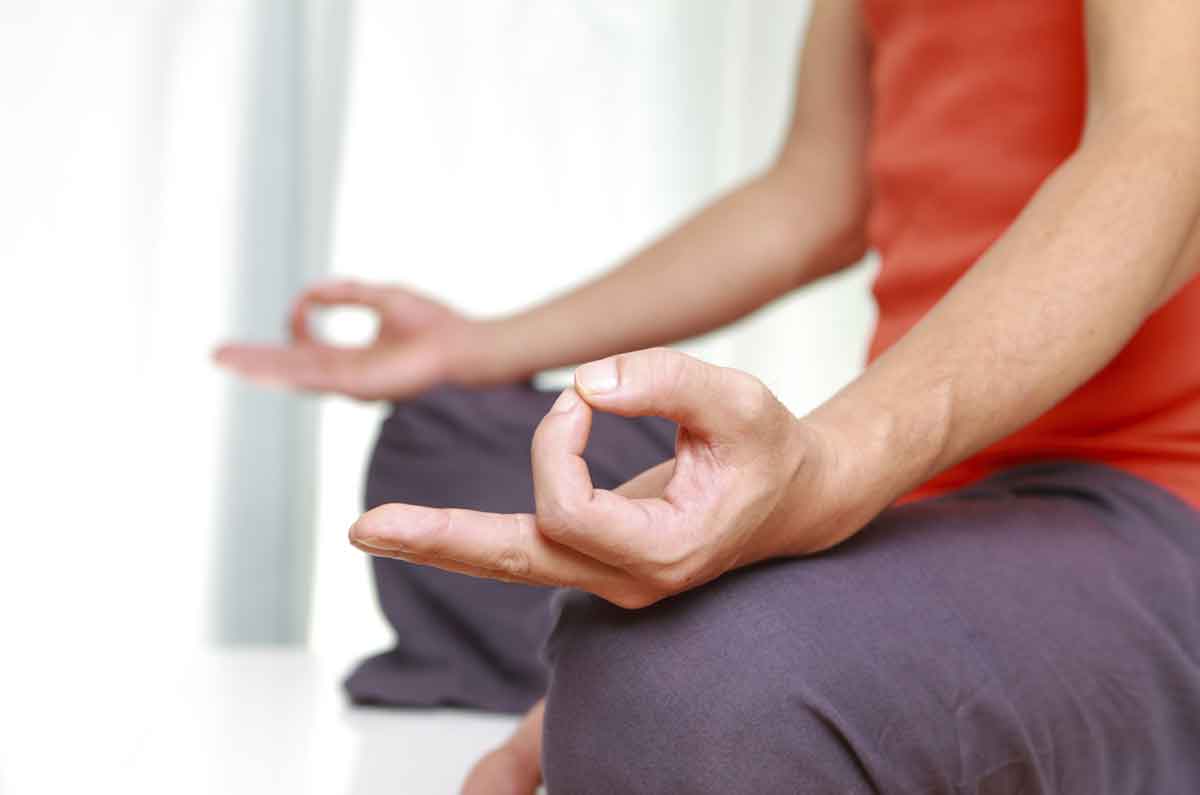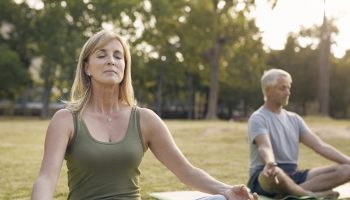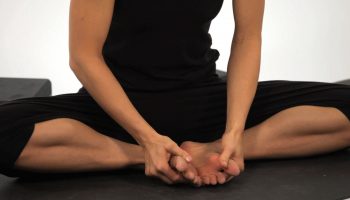
Yoga can actually help with three of these lifestyle changes: exercise, maintaining a healthy weight, and stress reduction.
Be aware that some standing poses, back bends, and inversions should be avoided if you have hypertension. Check with your doctor before starting yoga, and talk with your yoga instructor to be sure the specific poses in class are safe for you.
Contents
Yoga Breathing Exercises for High Blood Pressure
Can yogic breathing exercises and Pranayama help to reduce blood pressure? There is a lot of evidence suggesting that yes; breathing exercises can be another helpful tool to lower blood pressure naturally.
Deep breathing for high blood pressure works by calming your sympathetic nervous system and increasing blood flow to your tissues-particularly to your heart as your diaphragm moves up and down.
One study demonstrated that taking 6 deep breaths in half a minute reduced systolic blood pressure by over 3.4 units when compared to those sitting quietly.
Utilizing yoga for high blood pressure is most useful if done as part of a multi-theraputic approach, including lifestyle changes and Ayurvedic remedies for stress and high blood pressure.
As always, when it comes to natural healing, getting results are not usually as quick and easy as popping a pill. The good news is, however, that when you take steps to lower blood pressure naturally by helping the body’s own healing response to take care of the problem, you get true, holistic healing.
As your nervous system becomes more balanced, your whole mind and body system benefits. This means you, generally speaking, will feel better, have more energy, will perform better during the day, and have more resources for coping with stress.
Adho Mukha Shvanasana (Downward-Facing Dog Pose) with Support
Begin on your hands and knees and place two or three blankets (folded lengthwise) underneath your chest. Press the weight evenly through the hands as you straighten your arms and lift up through the inner edges of the arms. Release your shoulder blades away from your neck toward your hips, straighten the legs, and lift your pelvis up into adho mukha svanasana (downward-facing dog pose). Separate your feet wider than hip-width apart.
Uttanasana (Standing Forward Bend Pose) with Head Support
Separate the feet as wide apart as the narrow side of a yoga mat. Align the outer heels and little toes on the edges of the mat, and place a block at its tallest height between your feet and in line with your big toes. Depending on your proportions and the flexibility of your hamstrings, you may need more or less support. Stack a couple of blocks, if necessary, or put the blocks or a folded blanket on the seat of a chair to rest your head.
Pashchimottanasana (Posterior Stretch Pose)
Sit on two folded blankets and extend your legs straight in front of you in dandasana (seated staff pose), feet hip-width apart. Place a bolster lengthwise on top of your legs, with a folded blanket on the bolster closer to your feet. Lift the sides of your torso up. If you find that you’re slumping backward, sit on more support. Extend forward and hold the outside edges of your feet with your hands. Lengthen your abdomen over the bolster and rest your forehead on the blanket.
Halasana (Plow Pose)
Experiment with this pose using blankets, a bolster, and a chair for support. If you feel any discomfort, simply come out of the pose and rest in shavasana. Stack three folded blankets at the end of your mat. The smooth, folded edges of the blankets should be in line with the edge of your mat. Open another blanket on the floor in front of your mat for the back of your head, place a bolster on the mat behind your blankets for your pelvis to rest on, and position a chair on the floor in front of your mat and folded blankets. Lie down with your shoulders, upper back, and base of your neck on the stacked blankets, your head on the blanket on the floor, and your pelvis resting on the bolster.




